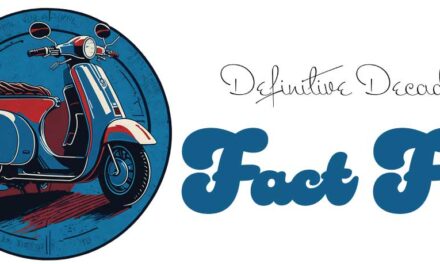1. Introduction:
Thunderbirds is a British science-fiction television programme that originally aired in 1965. Created by Gerry and Sylvia Anderson, it falls under the genre of Supermarionation, a technique that combined marionette puppetry and special effects to bring the characters and their world to life.
2. Background:
Gerry and Sylvia Anderson, renowned for their work in the field of puppetry and science-fiction, developed Thunderbirds. The production company behind the show was AP Films, later renamed Century 21 Productions. Their innovative use of Supermarionation and attention to detail set Thunderbirds apart from other television shows of its time.
3. Plot and Format:
Set in the 21st century, Thunderbirds follows the adventures of International Rescue, a secret organization dedicated to saving lives and averting disasters. Led by Jeff Tracy, International Rescue consists of his five sons and their highly advanced and iconic machines known as Thunderbirds. Each Thunderbird is uniquely designed and equipped for different types of rescue missions. The show’s format typically revolves around a one-hour episode featuring an individual rescue mission, combined with an ongoing storyline that reveals more about the Tracy family and their organization.
4. Cast and Characters:
The main cast of Thunderbirds includes Peter Dyneley as the voice of Jeff Tracy, and Shane Rimmer as his eldest son, Scott Tracy. David Graham lends his voice to the iconic character, Brains, the genius engineer behind the Thunderbirds’ machines. Lady Penelope, a stylish British secret agent, is voiced by Sylvia Anderson, the co-creator of the show. Additionally, numerous guest stars, including Cliff Richard and The Shadows, made appearances in Thunderbirds, adding to the show’s appeal.
5. Reception:
Thunderbirds received critical acclaim and a dedicated fanbase, both during its original run and in subsequent years. The show won a number of awards, including the 1966 BAFTA award for Best British TV Series. Its unique blend of thrilling rescue missions, futuristic technology, and memorable characters resonated with audiences of all ages. Thunderbirds had a tremendous impact on popular culture, spawning merchandise, comics, novels, and even a feature film adaptation.
6. Legacy:
The legacy of Thunderbirds is profound. It pioneered the techniques of Supermarionation and showed that puppetry could tackle complex storylines and captivate audiences. The show’s success led to the creation of sequels and spin-offs such as Thunderbirds Are Go (2015), reviving the cherished characters for a new generation. Thunderbirds also inspired other television series and films that explored similar themes of rescues and futuristic technology.
7. Conclusion:
Thunderbirds remains a memorable and influential television programme that has left an indelible mark on popular culture. Its imaginative storytelling, remarkable puppetry, and iconic characters continue to captivate audiences today. Thunderbirds stands as a testament to the creative vision and pioneering spirit of Gerry and Sylvia Anderson, and its enduring appeal makes it a timeless classic of television history.












